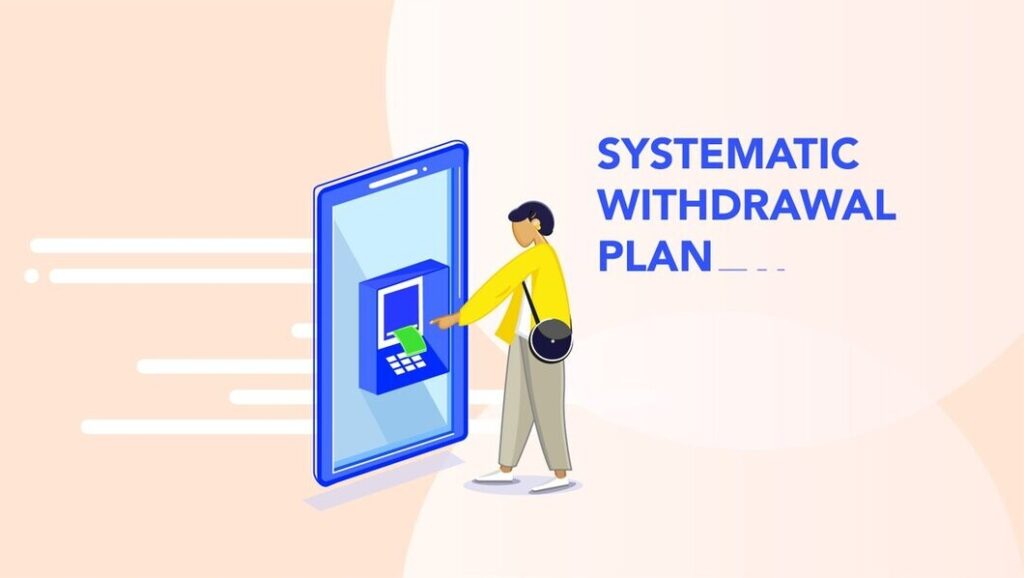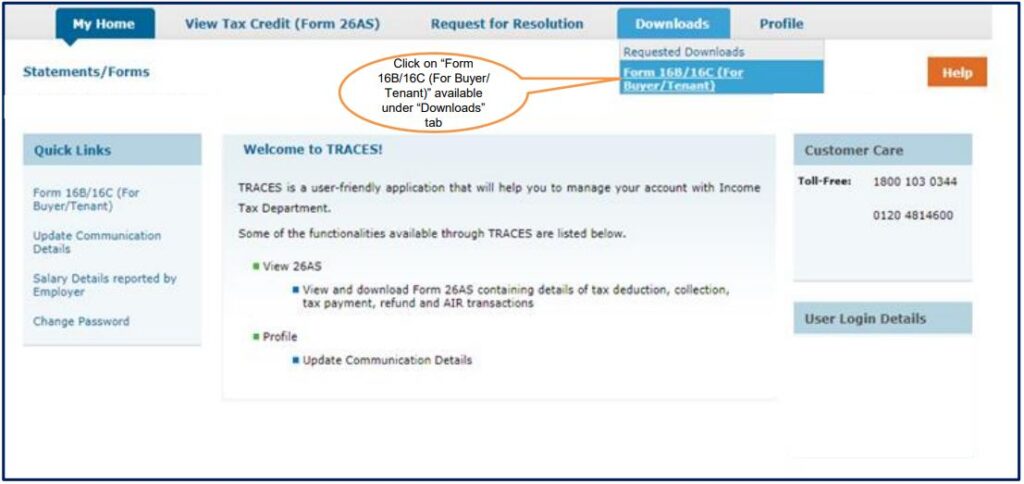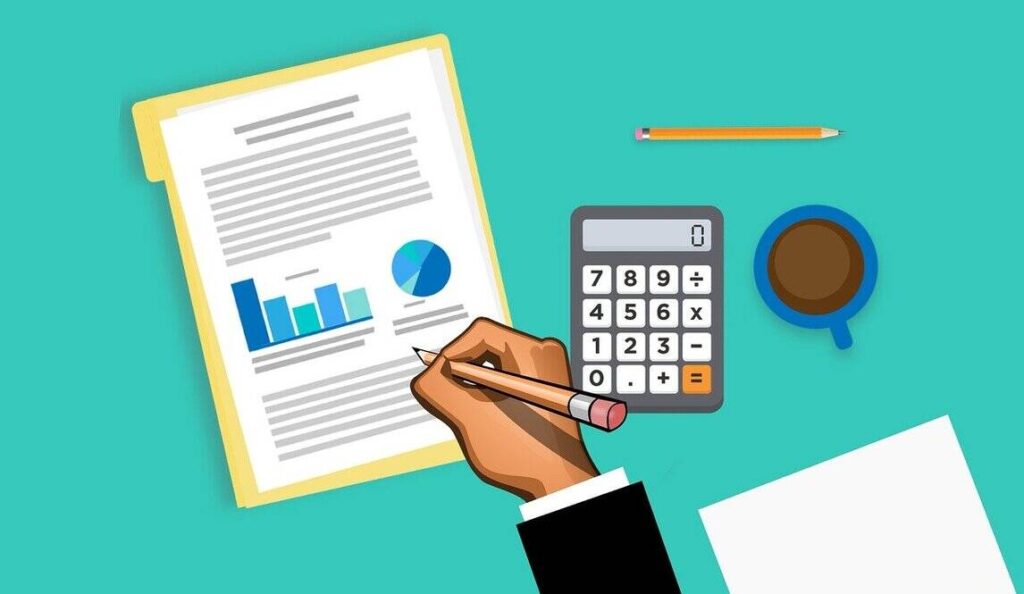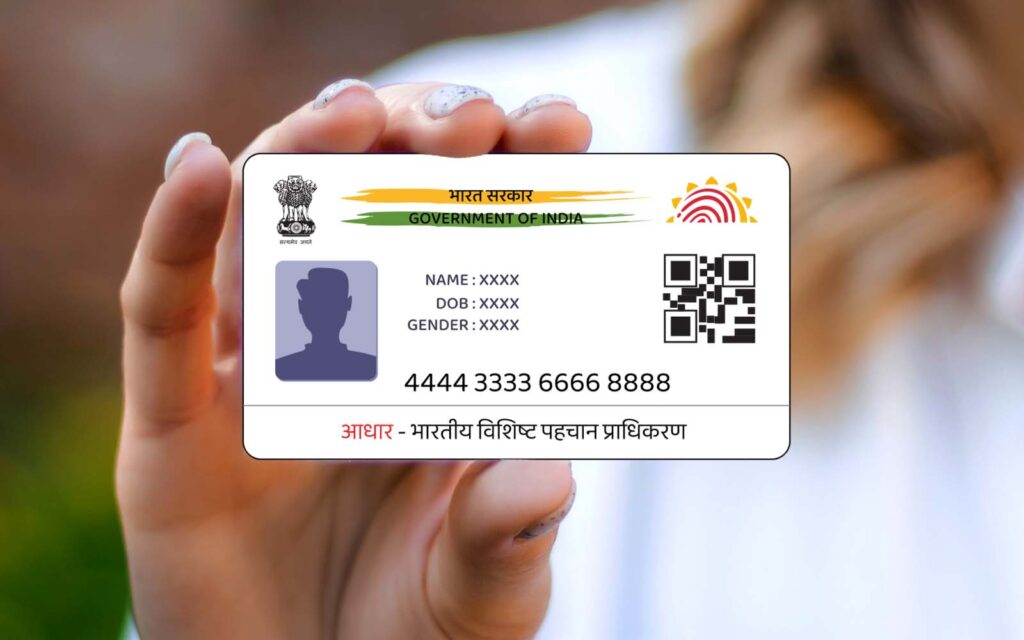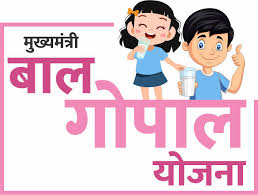SWP stands for systematic withdrawal plan. Under SWP, if you invest lump sum in a mutual fund, you can set an amount you’ll withdraw regularly and the frequency at which you’ll withdraw. For example, let’s say you invested in HDFC Top 200 Fund an amount of ₹1 lakh for a year. Let’s assume that you decided to withdraw an amount of ₹10000 per month. So every month, your investment in the fund will reduce by ₹10000. The amount left every month after withdrawal will continue to remain invested. What is SWP? The Systematic Withdrawal Plan or SWP offers investors a regular income and returns money that is left in the scheme. You may withdraw a fixed or a variable amount on a pre-decided date every month, quarter, or year. You may customise cash flows to withdraw, either a fixed amount or the capital gains on the investment. For example, you have 8,000 units in a mutual fund scheme. You have specified a set of instructions to the mutual fund house where you seek to withdraw Rs 5,000 every month through the Systematic Withdrawal Plan. On January 01, 2020, the NAV of the scheme was Rs 10. You would get an equivalent number of mutual fund units = Rs 5,000/10 = 500 units. The mutual fund house would redeem 500 units and give you an amount of Rs 5,000. You still have 7,500 units left in the mutual fund scheme. Now on February 01, 2020, the NAV of the mutual fund scheme increased to Rs 15. The equivalent units of the mutual fund scheme are Rs 5,000/ Rs 15 = 333 units. The mutual fund house would redeem 333 units and give you Rs 5,000 for the month of February. You are left with 7500 units – 333 units or 7167 units. You may continue the calculations in a similar manner for the following months. What is the SWP Calculator? The SWP Calculator is a simulation that shows you the monthly withdrawals from your mutual fund investments. It shows the total value of the mutual fund investment after the withdrawal. You may be able to get a regular income in retirement through the systematic withdrawal plan. The SWP Calculator consists of a formula box, where you enter the total investment amount, withdrawal per month, the expected annual rate of return, and the tenure of the investment. The SWP Calculator shows you the future value of your mutual fund investments. Example of Systematic Withdrawal Plan As mentioned before, the SWP allows investors to generate both monthly revenue as well as an accumulated sum at the end of the maturity period. Refer to this investment and withdrawal schedule for an in-depth idea. Here, an individual has invested Rs. 50,000 for tenure of 1 year along with a systematic withdrawal of Rs. 1,000 per month. Interest rate stands at 10%. As such, total return of investments after the end of the tenor stands at Rs. 4,565. Month Balance at Begin Withdrawal Interest Earned 1 50,000 Rs. 1,000 Rs. 408 2 Rs. 49,408 Rs. 1,000 Rs. 403 3 Rs. 48,812 Rs. 1,000 Rs. 398 4 Rs. 48,210 Rs. 1,000 Rs. 393 5 Rs. 47,604 Rs. 1,000 Rs. 388 6 Rs. 46,992 Rs. 1,000 Rs. 383 7 Rs. 46,375 Rs. 1,000 Rs. 378 8 Rs. 45,753 Rs. 1,000 Rs. 373 9 Rs. 45,126 Rs. 1,000 Rs. 368 10 Rs. 44,494 Rs. 1,000 Rs. 362 11 Rs. 43,856 Rs. 1,000 Rs. 357 12 Rs. 43,214 Rs. 1,000 Rs. 352 FAQs When to use SWP? As per experts, SWP works best after retirement because an individual needs income Can individuals who are not retirees invest in an SWP? No, SWP investments are not limited only for retirees or senior citizens.




